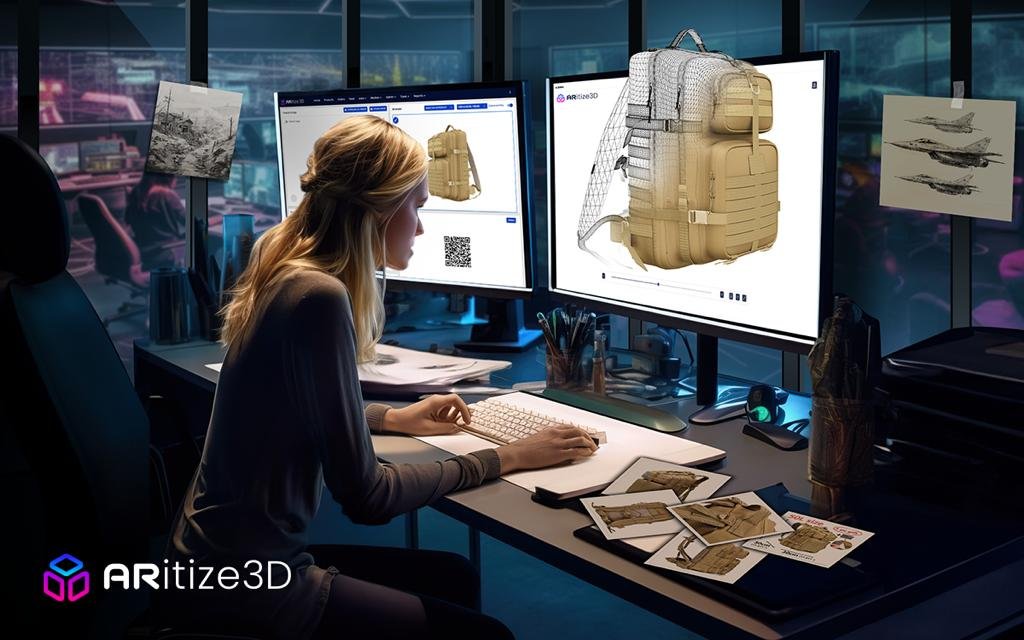Introduction
The advent of 3D games marked a turning point in the gaming industry, introducing new dimensions of depth and realism. This shift from 2D to 3D graphics transformed game design, gameplay mechanics, and player experiences. Here’s a look at how 3D games revolutionized the industry.
Enhanced Visual Realism
The transition to 3D graphics brought a significant leap in visual realism. 3D games utilize depth, lighting, and texture to create lifelike environments and characters. This realism enhances player immersion and engagement, as seen in titles like The Last of Us and Red Dead Redemption 2. The ability to render complex scenes with realistic physics and lighting has set new standards for visual quality in gaming.
Expanded Gameplay Possibilities
3D graphics have expanded the range of gameplay possibilities. Unlike 2D games, which operate on a fixed plane, 3D games offer a multidimensional space for players to explore. This has led to innovative gameplay mechanics, such as complex movement systems, intricate puzzles, and dynamic interactions. Games like Portal 2 and Half-Life Alyx showcase how 3D environments enable new types of gameplay experiences and challenges.
Creation of Open Worlds
The rise of 3D graphics has facilitated the creation of expansive open worlds. These vast environments allow players to explore diverse landscapes and engage in a variety of activities. Games such as Grand Theft Auto V and The Elder Scrolls V: Skyrim feature massive, interactive worlds that encourage exploration and provide a sense of freedom previously unseen in gaming. This open-world design has become a staple in modern gaming.
Advanced Character Design
3D technology has revolutionized character design, enabling more detailed and expressive characters. Sophisticated modeling techniques and realistic animations allow for lifelike facial expressions, body movements, and interactions. This advancement enhances storytelling and emotional connection, as seen in games like Cyberpunk 2077 and Uncharted 4: A Thief’s End. Characters in 3D games are more dynamic and engaging, contributing to richer narratives.
Cinematic Presentation
3D games have adopted cinematic techniques to enhance storytelling. The integration of high-quality graphics, dynamic camera angles, and seamless transitions between gameplay and cutscenes has created a more immersive experience. Games such as God of War and The Witcher 3: Wild Hunt utilize cinematic elements to deliver compelling narratives and dramatic moments, elevating the overall gaming experience.
Technological Advancements
The evolution of 3D graphics has driven advancements in gaming technology. Graphics processing units (GPUs) and sophisticated game engines like Unreal Engine and Unity have enabled developers to create highly detailed and realistic environments. Technologies such as real-time rendering, ray tracing, and advanced shaders continue to push the boundaries of what is visually possible, setting new benchmarks for game development.
Impact on Game Development
The shift to 3D games has transformed game development practices. Developers now focus on creating intricate 3D assets, optimizing performance, and integrating complex visual effects. This has led to the development of specialized tools and workflows for 3D modeling, animation, and rendering. The industry has adapted to these new demands, leading to more polished and high-quality games.
Future Trends in 3D Gaming
The future of 3D gaming promises continued innovation, with emerging technologies like virtual reality (VR) and augmented reality (AR) offering new ways to experience 3D environments. Advances in artificial intelligence (AI) may also contribute to more dynamic and interactive gameplay. The ongoing evolution of 3D graphics and technology will likely bring even more immersive and engaging gaming experiences.

Conclusion
3D games have revolutionized the gaming industry by enhancing visual realism, expanding gameplay possibilities, and creating immersive open worlds. Advanced character design and cinematic presentation have elevated storytelling, while technological advancements continue to push the boundaries of what is possible in gaming. As the industry evolves, 3D games will remain at the forefront of innovation, shaping the future of interactive entertainment.

